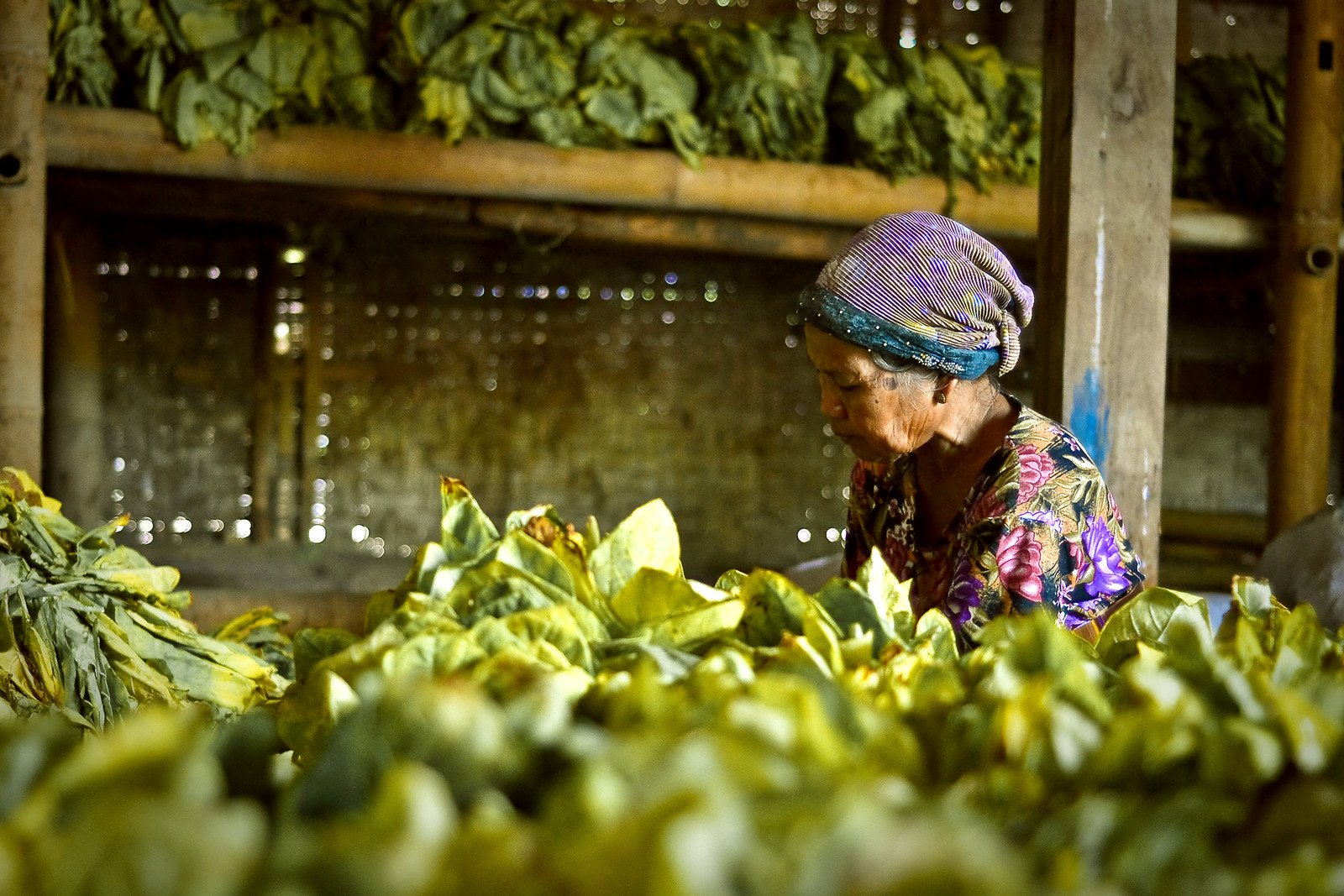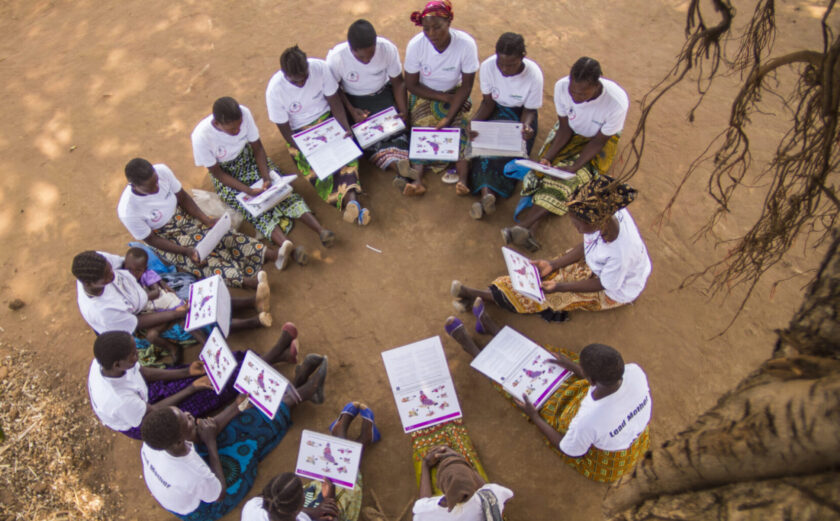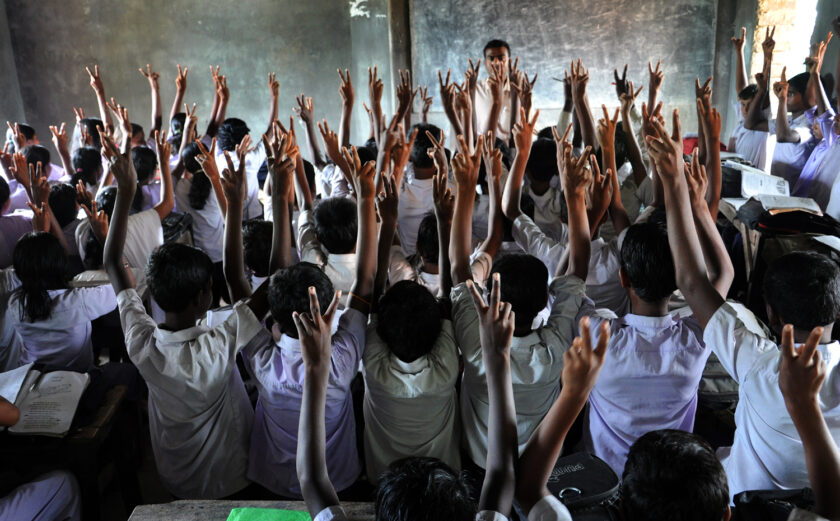
COVID-19 and the Urgency of Long-Term Strategy
The COVID-19 pandemic is challenging civil society organizations across the world, including the transnational nongovernmental organization (TNGO) sector.
This new crisis further exacerbates longstanding challenges to the sector as it faces growing numbers of digital competitors, increasing demands for transparency and accountability, and the decline of its traditional donor bases in North American and Western European (‘Global North’) countries. TNGO leaders are reporting formidable and ongoing challenges, outlined below.
Shrinking Civic Space and Outdated Legal Frameworks
The temporary suspension of human rights, such as freedom of assembly, in many countries may become a sustained erosion. This erosion further exacerbates a longer-term trend of shifting and shrinking civic space for civil society across the globe. In the meantime, many Western democracies have, for decades, failed to update legal and regulatory frameworks to empower an increasingly diverse nonprofit sector. In Germany, organizations like Attac and Campact, which have taken on the climate crisis and global inequality with innovative advocacy strategies, have lost their public benefit status.
Public Salience
The brand recognition of—as well as broad public support for— many TNGOs among the general public has diminished in recent years. Widely recognized global campaigns led by TNGOs, including Make Poverty History (2005) or the Asian Tsunami response (2004), have given way to more negative reporting about organizational challenges and instances of individual misbehavior. Some TNGOs have increased their domestic presence but may not gain much public recognition due to relatively small footprints.
Disintermediation
Social distancing and shelter-at-home measures will further increase the reliance of younger generations on digital technologies to communicate and support one another without the need for traditional TNGO intermediation. Instead of identifying with organizations, younger generations are supporting specific issues. Well before the COVID-19 crisis, TNGO leaders acknowledged that their organizations are struggling to adopt agile digital mindsets.
Individual Donor Fundraising
Small individual donations are a particularly important source of funding for TNGOs because they are typically unrestricted and can be used for much-needed investments in organizational capacity. For some time, fundraising from individuals has become increasingly difficult. Many TNGOs have an aging donor base in their traditional markets and struggle to mobilize new donors in low-and middle-income countries. Donor retention rates have been in decline, and younger generations are simply less inclined to join organizations and instead support specific causes. For some TNGOs, the COVID-19 crisis has further exacerbated those challenges and already forced a shrinking of programs.
Institutional fundraising
Northern governments are reducing their overall commitments to development efforts, have dropped entire regions from their portfolios, and have increased their reporting demands while shifting risks to TNGOs. Amid COVID-19, Northern donor governments are likely to further reduce funding in the mid- and longer-term as they are forced to reallocate resources to rebuild and to service the debt that they are incurring to finance enormous economic relief packages. A loss of large, government-funded TNGO programs means that organizations may lack adequate resources to cover their core costs in the short- to medium-term. Foundations may be able to step up to some degree, but do not have the capacity to replace major losses elsewhere.
There is not much of a silver lining here, but three possible developments may create new opportunities for TNGO activism.
Demand for TNGO Expertise
An increased understanding of the precariousness of public health, livelihoods, food security, and other issues may ultimately make the public more aware of the challenges faced by populations in other countries. TNGOs with relevant expertise may benefit from the current crisis because their services will be in greater demand.
Localization
The pandemic may spur greater localization of development and transfer of power to local civil society organizations. These developments have long been viewed as essential to the transformation of the sector. This may include a further shifting of power within TNGOs to country-level staff, as the restrictive funding environment will put further pressure on TNGOs to reduce headquarters costs. In the United States, TNGOs have expanded their program spending “at home” to more than 30%, which may be key to recruiting donors with a desire to give locally.
Cooperation
The outbreak demonstrates our interconnectedness globally. Government, business, and third-sector leaders, as well as the general public, may gain an increased appreciation of what it means to be globally interconnected. This may eventually accelerate commitments to working together on other global issues such as refugee protection and the climate crisis.
Conclusion
The COVID-19 pandemic deepens the ongoing challenges faced by TNGOs while also presenting some potential opportunities for change. In response to the crisis, many organizations may fall back on short-term organizational survival instincts. This could mean that the sector remains stuck in a predominantly reactive mode, thinking from the present-forward, rather than working backward from a bolder vision of the future. But a myopic approach now would not only fail to address the underlying, long-term challenges confronting the sector; it would also put the future relevance and impact of TNGOs at risk. To ensure their future success, TNGOs must be willing to more sharply delineate their roles vis-a-vis global South-founded civil society organizations to bring their organizational forms and norms into better alignment with their espoused rhetoric and to more proactively shape the accountability architecture provided by governments and donors into one more conducive to their long-term aspirations for structural change.






